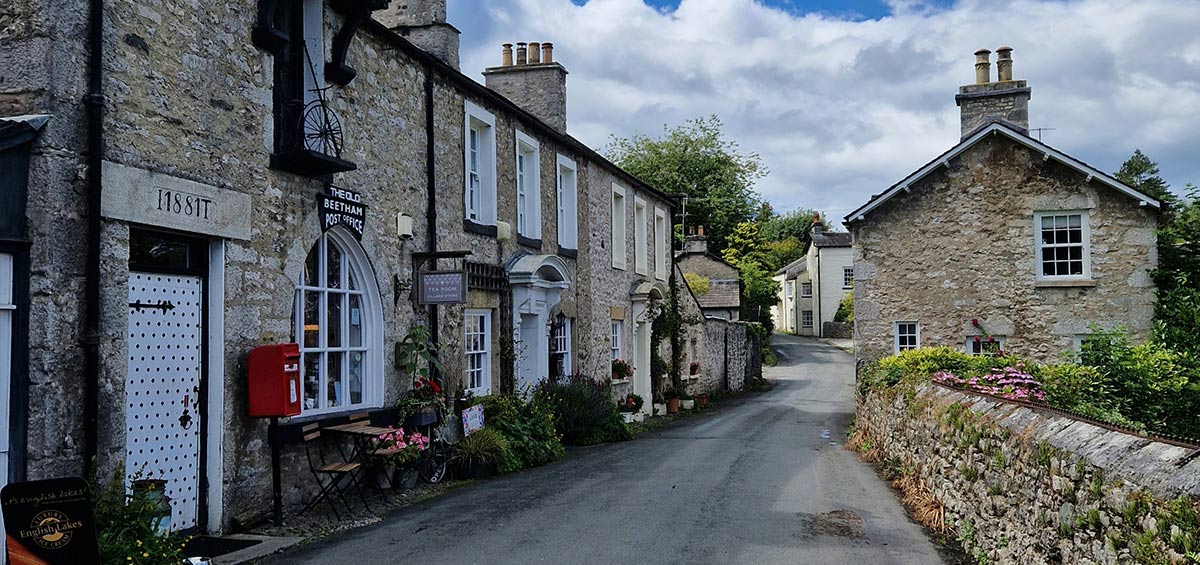A property chain is a sequence of connected house sales, where each buyer depends on the sale of their current home to fund the next purchase. This interdependency can complicate and extend the time it takes to move, as multiple buyers, sellers, and their professional advisers must coordinate their activities simultaneously.
Understanding how property chains work, especially within the Scottish property system, will help you plan better and minimise unexpected problems, leading to a smoother buying or selling experience.
How property chains work
Most buyers depend on funds from their current property sale to finance their next home, making property chains very common.
A property chain can range from a simple transaction involving just one buyer and seller, to a series of multiple linked sales, each relying on the next. For example, if you’re selling property A to buy property B, and the sellers of property B require funds from your purchase to buy another property, then you are a part of a chain.
From offer to completion, a straightforward property chain typically takes at least a couple of months. However, longer chains involving multiple transactions can extend beyond six months due to added complexities or unexpected delays.






